Many countries are committing to nationwide malaria elimination; global eradication is once more back on the international agenda.
Once countries succeed in reducing transmission down to very low levels and move towards elimination, knowledge of population movement becomes increasingly important. People infected with malaria parasites can move great distances, remain infectious to local mosquitoes for many months and often show no symptoms. Understanding how people move and carry malaria parasites between areas therefore represents a central component for not only assessing the feasibility of malaria elimination from a region, but also for planning the implementation of an elimination campaign. For Flowminder Director Prof. Tatem, anonymous mobile data became the solution to come to grips with the problem of how populations move and carry parasites.
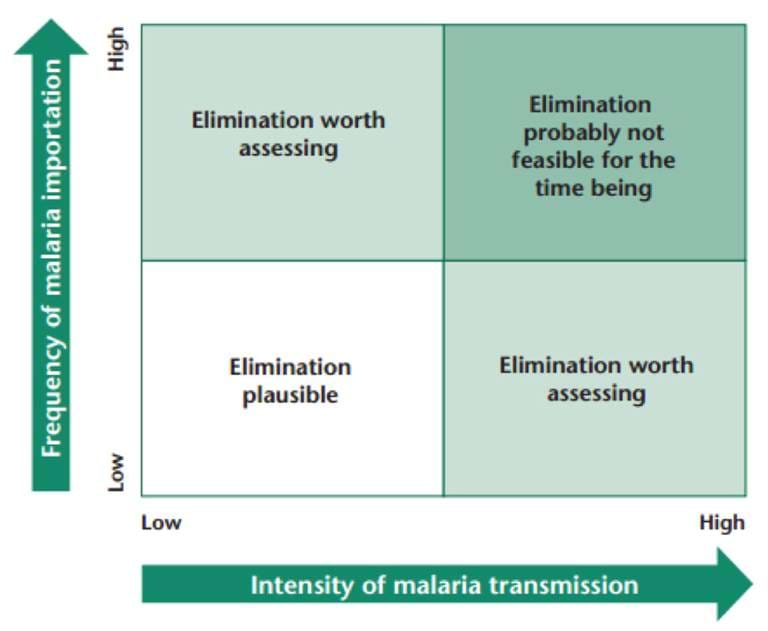
The difficulty and feasibility of eliminating malaria from an area is dependent on understanding both levels of malaria transmission and malaria parasite importation.
Assessing the feasibility of eliminating malaria on Zanzibar islands
Following WHO recommendations, the government of Zanzibar undertook a study of the feasibility of eliminating malaria on their islands in collaboration with the Clinton Health Access Initiative, and involving Prof. Tatem. The proximity and high connectivity through population movements to the mainland where transmission levels remain substantially higher in many places implied that imported malaria would be a constant problem, which could make the task of elimination from the islands particularly challenging. In general, malaria parasites can be imported into Zanzibar in one of three ways: (i) the migration of an infected mosquito, (ii) infected humans visiting or migrating from the mainland, or (iii) residents of Zanzibar visiting the mainland and becoming infected and then returning. While mosquitoes may occasionally arrive though wind-blown or accidental aircraft or ship transport, typically they will only fly short distances. Human carriage of parasites therefore represents the principal risk, and is to blame in many past instances where malaria has resurged.
How malaria parasites can be imported into Unguja, the most populated island of Zanzibar. Ref : Le Menach, Tatem, Cohen et al (2011) Nature Scientific Reports.
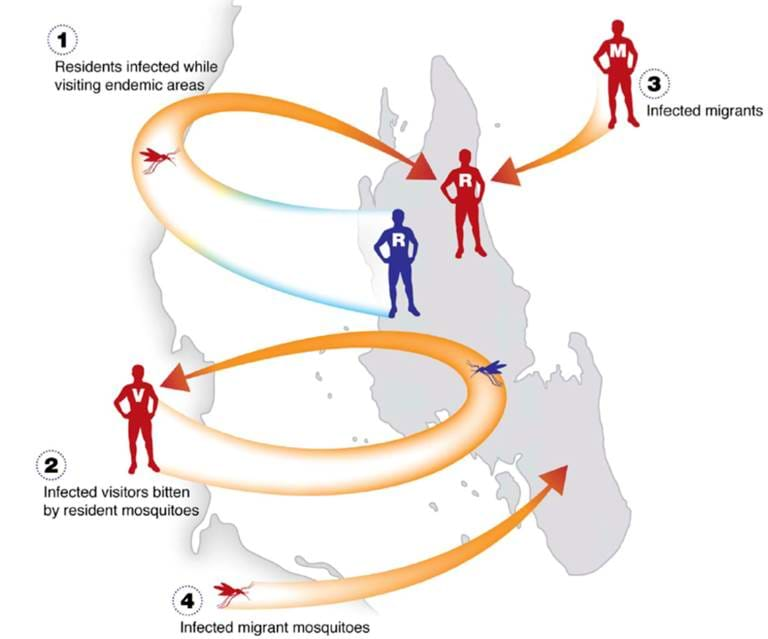
Using anonymised mobile phone call detail records (CDRs) for health purposes
At the time of undertaking the elimination feasibility assessment, no data on how populations moved between the islands and the mainland existed, nor any data on where they travelled to on the mainland or how long they stayed. Understanding these factors in relation to malaria transmission intensities was important for assessing how difficult malaria elimination on Zanzibar would be, and what would be needed to achieve it. Prof. Tatem and collaborators at the Clinton Health Access Initiative and Malaria Atlas Project turned to a data source that had never before been used in a low- and middle-income setting for health purposes – anonymised mobile phone call detail records (CDRs). Anonymised CDRs from the operator Zantel were used to understand population movements between areas. Crucially these data on movements were combined with data on the varied malaria infection risks across the Tanzanian mainland, where travellers from Zanzibar would be exposed to considerably different risks of contracting malaria depending on where on the mainland they stayed, and for how long. These also provided information on the likely infection rates of migrants and visitors from the mainland.
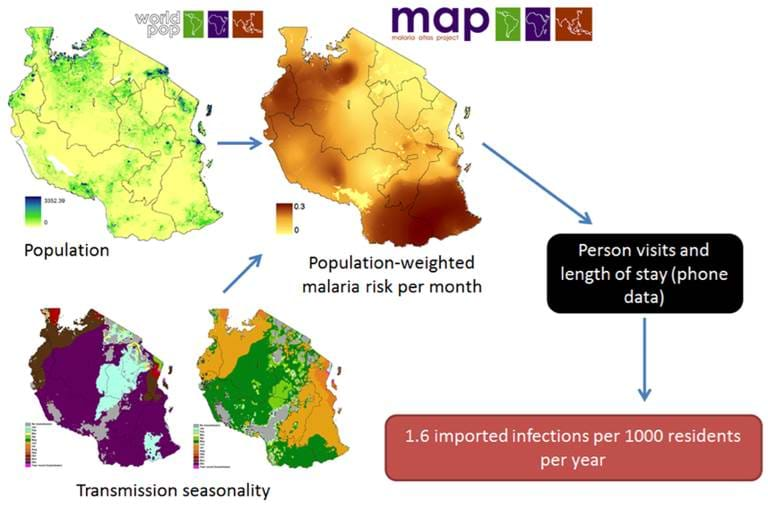
Based on the travel patterns of the population, combined with malaria risk maps, the number of malaria infections coming into Zanzibar per year could be estimated.
Production of the first malaria importation rate estimates and analyses with CDR data
Through combining the CDRs and malaria risk maps in a novel mathematical modelling framework, Prof. Tatem and colleagues produced the first malaria importation rate estimates for Zanzibar, and the first analyses using CDRs in a development context. The resulting importation estimates, when integrated with models on technical, operational and financial feasibility, showed that achieving elimination under current rates of malaria importation would be costly, but reductions in transmission on mainland Tanzania would have a substantial knock-on effect in reducing costs and needs for substantial interventions. The government of Zanzibar summarised their findings in the first quantitative malaria elimination feasibility assessment report and adjusted their policies accordingly. The analyses provided an exemplar for WHO guidelines on planning for malaria elimination that were subsequently written, co-authored by Prof. Tatem.
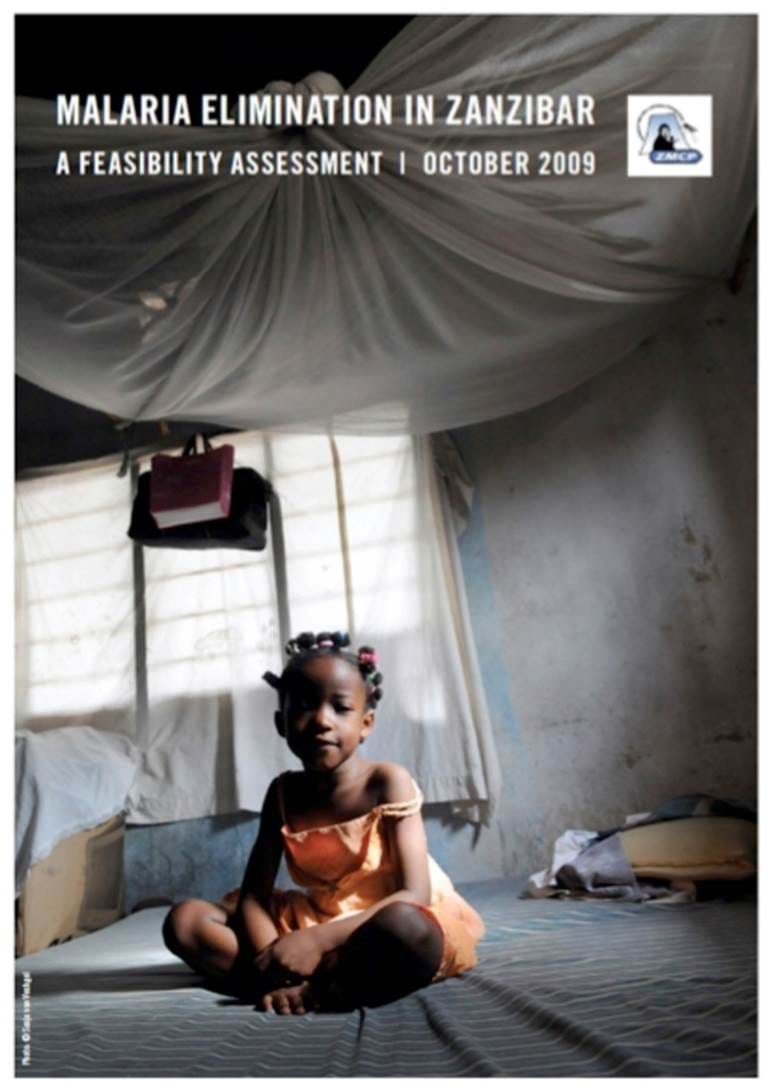
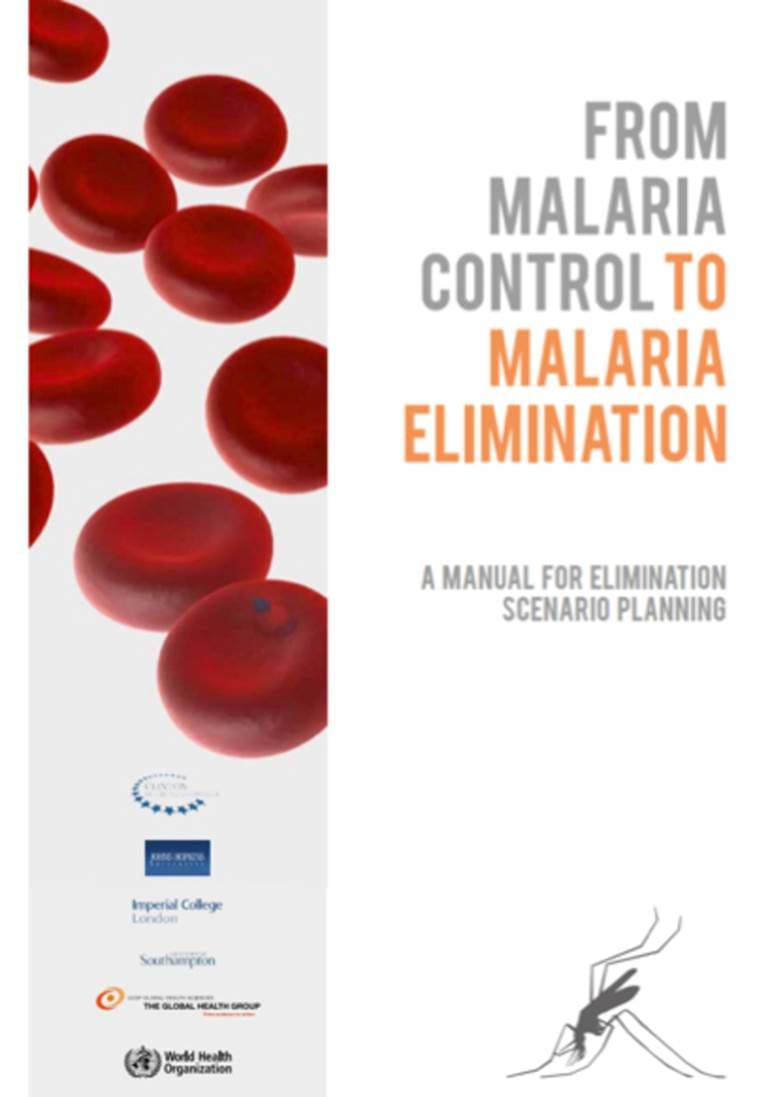
The report produced by the government of Zanzibar, and the subsequent WHO elimination scenario planning manual.
